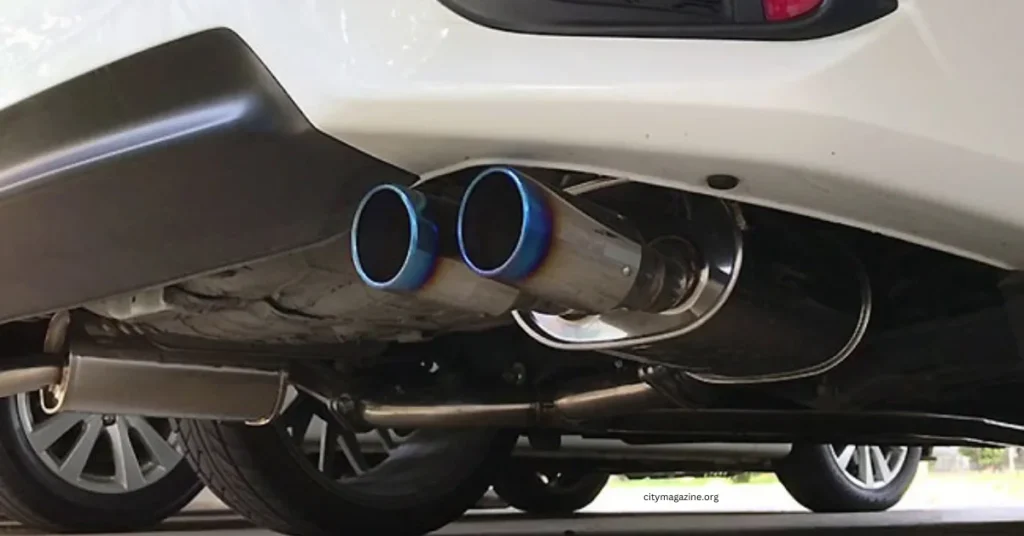We hear a lot of advice about how to drive around semi-trucks and motorcycles, and yes, it’s essential to be cautious with these dangerous vehicles Accident With a Bus. However, buses are another kind of machinery that is precarious to drive and easy to crash. Hundreds of people can be hurt when a bus is involved in a collision. According to statistics, there are about 63,000 bus-related accidents every year.
These crashes involve drivers transporting people for school, tourist visits, and general transit purposes, and those buses might be complete at the time of the incident. Therefore, when you see a bus on the road, you should be exceedingly careful to avoid getting in an accident. They operate more like semi-trucks. To ensure you’re doing your part to drive responsibly, follow these safety tips for driving around buses.
1. Pay Attention to the Signs
Buses and other large vehicles have wide blind spots, and the drivers know where they are. They’ve posted signs informing you about them, too.
If you see a sign that says something like “Stay Back 10 Feet,” “This Vehicle Takes Wide Turns,” and similar warnings, pay attention to them. The driver’s blind spot is a “No Zone” for you. They can’t see you, so if they are switching lanes, they’re likely to drive you off the road.
In a bus, these are immediately behind the vehicle, next to the driver’s side about 3-6 feet, and by the passenger door. Blind spots vary depending on the driver’s height, the front window size, mirror angles, doors, and front and rear window sign placement.
Don’t assume the bus driver can see you. If you expect that they can’t see you, it may ensure you drive extra cautiously.
2. Use Proper Road Rules
When most of us first start driving, we know driving rules like using turn signals, staying well away from the vehicle in front of us, and following the posted speed limit. As we get comfortable behind the wheel, those standard rules gradually slack.
On main highways, it’s tempting to speed and change lanes quickly. But those small rule-breakers can create serious havoc when you have a bus on the same road.
How to Pass a Bus Safely
A bus can’t stop quickly if you pull out or switch lanes in front of it. If the driver doesn’t see you in time, they can’t quickly maneuver into the next lane to avoid you.
If you want to pass, stay behind the vehicle far enough that the driver knows you’re there. Put your turn signal on to let them know you plan on moving lanes, then drive ahead until the bus driver is in your rearview mirror. Use your turn signal again to indicate your intended move, then pull over.
These aren’t “common sense” or suggestions. They are essential laws that could hurt your case should you hire a bus accident lawyer only to have the police report say you violated one or more road rules. Use your turn signal and mirrors to avoid a bus accident for everyone’s safety and your best interest.
3. Don’t Rush
Many tragic bus accidents have been caused by people in a hurry. They pass too close, and the bus can’t stop, or they think pulling up and getting those last few feet ahead will get them to their destination faster.
Disaster strikes when the bus turns wide or doesn’t see the driver and changes lanes.
Being in a rush while in the driver’s seat is never a good idea. You’re focused on getting where you need to be quickly rather than safely, and you’re more likely to miss the signs of an impending accident.
Hurrying also tends to lend itself to speeding, which means that if you do end up in a crash, the damage will likely be more severe than it should have been. Studies show that for every 1% increase in speed, the chances of an accident increase by 2%, and the risk of severe injury increases by 3%. Fatality odds rise by 4%.
Accidents where speeding was a factor kill an average of 30 people daily. Buses usually have governors limiting their speed, but if you’re speeding when the accident happens, you could cause a driver or passenger fatality. By driving the speed limit, you can decrease the damage in a wreck or have enough time to avoid it altogether.
Conclusion
Every vehicle on the road carries someone’s “precious cargo” and is worthy of safely getting where it’s going. Buses have dozens of “valuables” riding on them, innocent people waiting to be taken to their destination. You can help make this happen by driving responsibly and using these three simple tips to prevent a bus accident.




